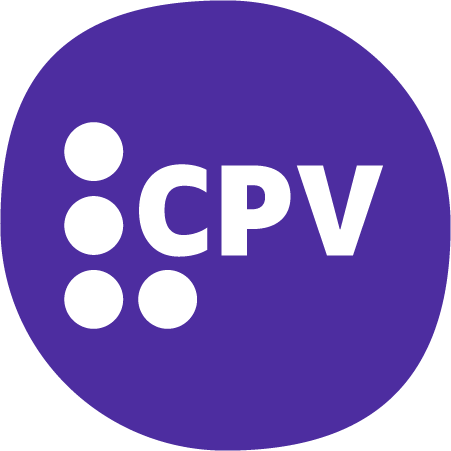Context
Éloïse is blind and must go to Toulouse for a two-week professional training. She would like to understand the organization of this city which she does not know, but also to walk from the hotel where she is going to stay to the place of training which is not very far. She would eventually like to stroll through this new neighborhood for her. With the help of her sighted friend, she will print two interactive relief maps. First, that of the city of Toulouse which shows him the Place du Capitole, the organization of boroughs and districts, the two metro lines, as well as the location of the main historic buildings. Then she will print that of the district surrounding the Institute for the Young Blind of Toulouse where the training will take place. Thanks to the interactions added to these two raised maps, it can trigger numerous verbal descriptions concerning these places and switch from one to the other of these maps without problem. She can also leave with an embossed card in her bag if she wishes.
The appropriation of urban space is an essential element for improving the autonomy of visually impaired people (VR), for whom geographic knowledge and outdoor travel constitute a major difficulty. The synthetic representation offered by a card is an essential tool in this conceptualization process.
However, access to geographic maps is insufficient today among DV people, in particular because their manufacture is essentially based on an artisanal approach, practiced by document adapters and locomotion instructors in insufficient numbers to cover real needs. For a DV user, the perception and understanding of the card are based on a multimodal representation (bigraphic, tactile and / or auditory) which must be adapted to their deficiency, both on the content (number, shape and texture of the figures) and on representation supports (thermoformed, thermo-inflated, additive printing, with or without interaction, etc.) The use that will be made of the map (eg geographic knowledge vs. pedestrian movement) is also an important element to consider since it will change completely the quantity and the quality of the figurines represented on this card.
Consortia and actor involved
The consortium draws on the complementary and recognized expertise of the partners who constitute it, each providing one of the elements essential to the successful completion of the project.
The LaSTIG (laboratory in geographic information technology and science) represented by Guillaume Touya, specializes in geomatics issues, and in particular focus their scientific activities on the issues of dynamic generalization and collaborative geographic data. The problem of mapping for the visually impaired has recently emerged as a direct and original application to their work in geomatics.
IRIT brings its expertise on the issues of non-visual spatial cognition, non-visual interaction and assistive technologies. For more than ten years, research activity serving the visually impaired has led to the creation of the joint laboratory // Cherçons pour Voir // with the IJA (Institute for the Young Blind of Toulouse), represented in the consortium by Grégoire Denis (PhD). Their recent explorations within the framework of the Accessimap project (references?) Confirmed the needs of innovative proposals in geomatics, to meet the needs of the DV.
The G4 theme of the LIMOS laboratory, represented by Jean-Marie Favreau, explores issues related to geometry and image, drawing on expertise in algorithmics and learning. He has been working for a year with LaSTIG to explore the problems associated with the generation of cards for the visually impaired. From this collaboration, was born a first thesis, funded by Clermont Auvergne University, which begins in November 2017.
Finally, FeelObject is a young innovative company co-founded by Sylvain Huin, in the additive manufacturing sector, which offers equipment solutions for places welcoming the public, intended for DV people. Their research and development activities are particularly concentrated on the reproduction of diagrams satisfying the specific needs of this public, both on questions of quality of touchdown, but also of simplification of signage.
Jean-Marie Favreau, the project coordinator, had the opportunity to participate as a scientific representative in a FUI project (3DCI – FUI AAP14), as well as in several projects funded by the Auvergne region. In this context, he supervised several post-docs and engineers. It is also locally involved in raising awareness of visual impairment, in particular by organizing round tables and conferences on these issues. The cross-cutting dimension of geometry issues in the research project is also an asset to this coordination.
